Conservatory Garden
The Conservatory Garden is a six-acre formal garden named after a conservatory (i.e. greenhouse) that was built here in 1898. During the Depression, Parks commissioner Robert Moses (1888-1981) decreed the aging structure too expensive to maintain and had it demolished during a major renovation of the park in 1934 that was paid for largely with WPA funds. The garden that replaced the Conservatory was developed by architects Gilmore Clarke (1892–1982) and Betty Sprout (1906–1962) (who later married) and opened officially on September 18, 1937. The garden is divided into three separate sections: the central Italian-style garden, the southern English-style garden and the northern French-style garden. (NYCGovParks.org) (CentralParkNYC.org)
The main entrance from Fifth Avenue is the Vanderbilt Gate, which was relocated here from the Vanderbilt Mansion which stood on 58th street and was replaced with the Bergdorf Goodman store.
The Italian-style center garden features a green lawn and clipped hedges with a fountain centerpiece on the west end. The garden is bordered on the north and south by alees of crab apple trees.
The center garden is bordered on the west side by a wrought-iron wisteria pergola containing medallions of the original 13 states, and artfully concealing a comfort station.
The English-style South Garden contains concentric rings of planting beds centered around the Burnett Fountain, a memorial to Francis Hodgson Burnett (1849-1924), author of, among many other books, The Secret Garden. The garden is framed by shade trees and, on the western side by a woodland slope. The fountain was designed by Parks' Chief Consulting Architect Aymar Embury II (1880 - 1966) for the status by Bessie Pooter Vonnoh (1872 - 1955). The memorial was dedicated in the Spring of 1936, over a year before the official opening of the garden.
The French-style North Garden is centered around the Untermyer Fountain containing German sculptor Walter Schott's Three Dancing Maidens.
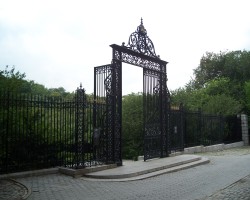
Conservatory Garden
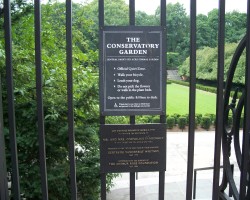
Conservatory Garden
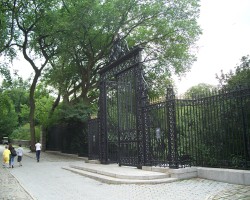
Conservatory Garden
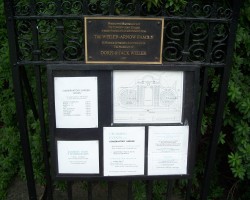
Conservatory Garden
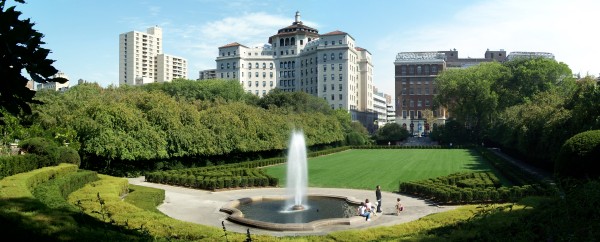
Conservatory Garden
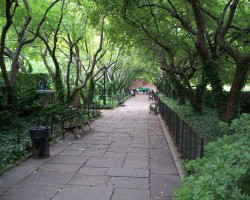
Conservatory Garden
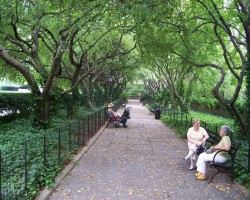
Conservatory Garden
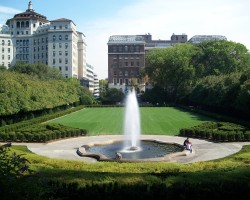
Conservatory Garden
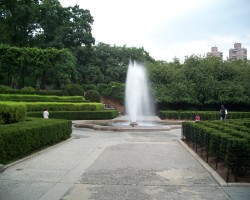
Conservatory Garden
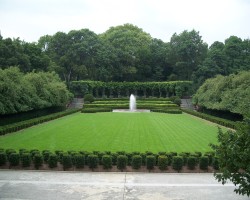
Conservatory Garden
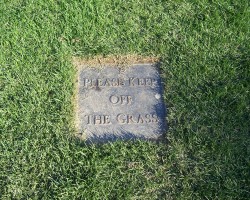
Conservatory Garden
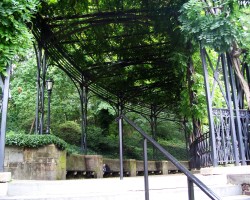
Conservatory Garden
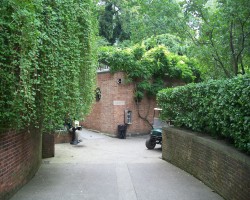
Conservatory Garden
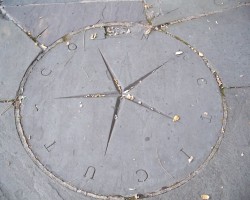
Conservatory Garden

Conservatory Garden
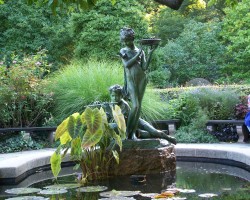
Conservatory Garden
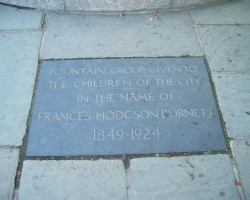
Conservatory Garden
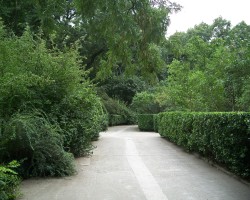
Conservatory Garden

Conservatory Garden
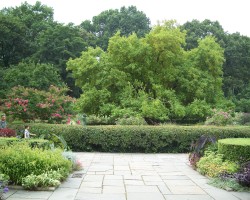
Conservatory Garden
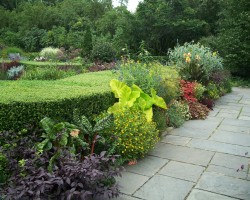
Conservatory Garden
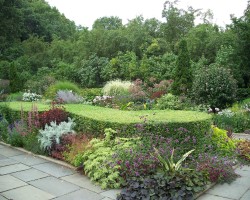
Conservatory Garden

Conservatory Garden
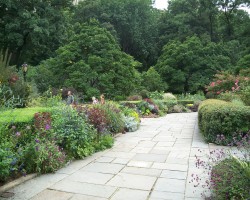
Conservatory Garden
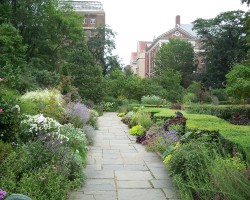
Conservatory Garden
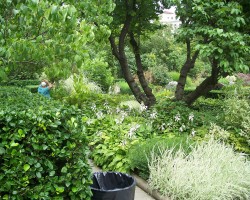
Conservatory Garden
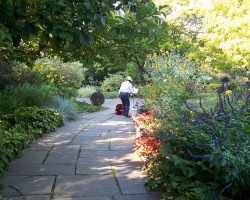
Conservatory Garden
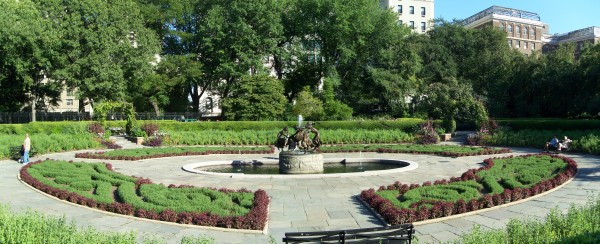
Conservatory Garden

Conservatory Garden
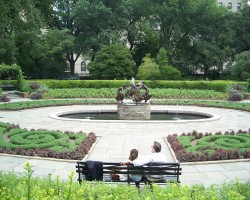
Conservatory Garden
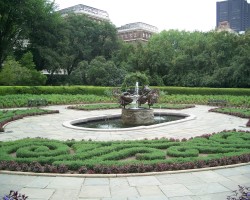
Conservatory Garden